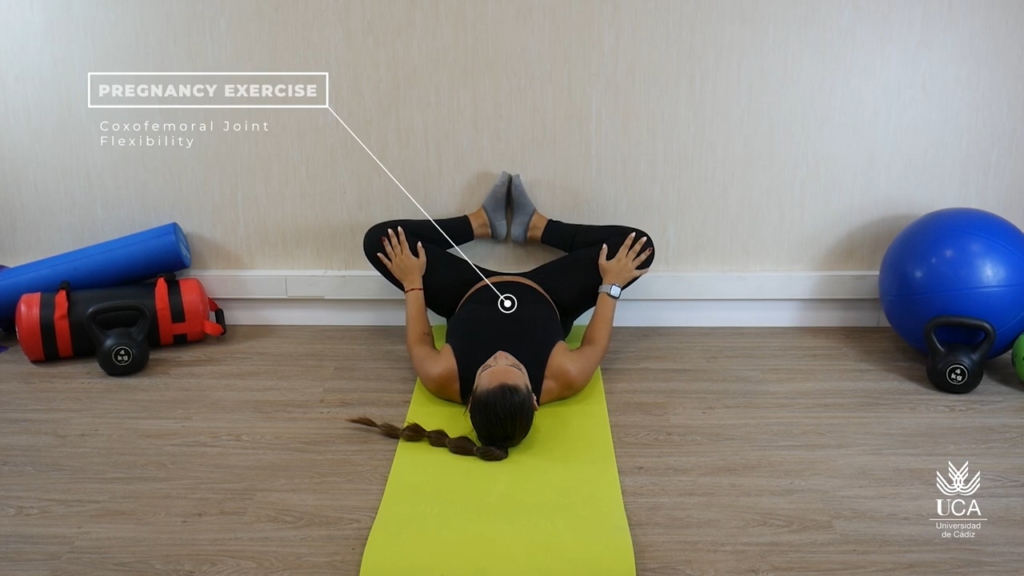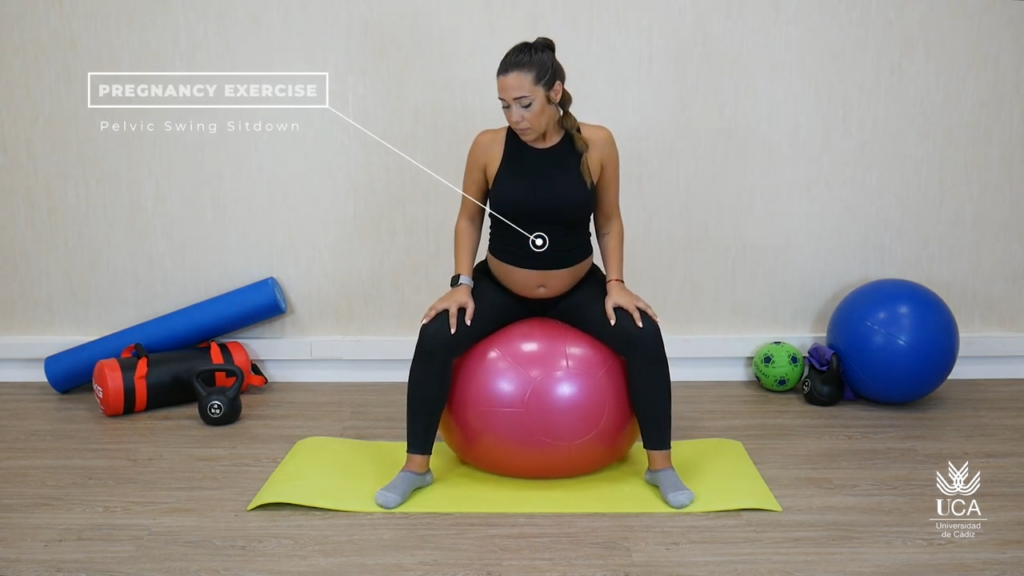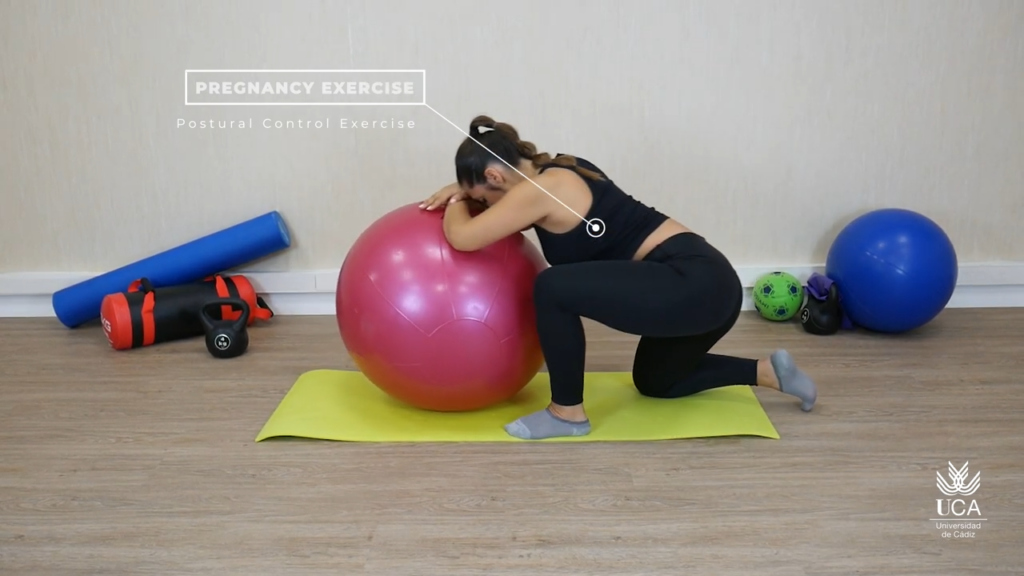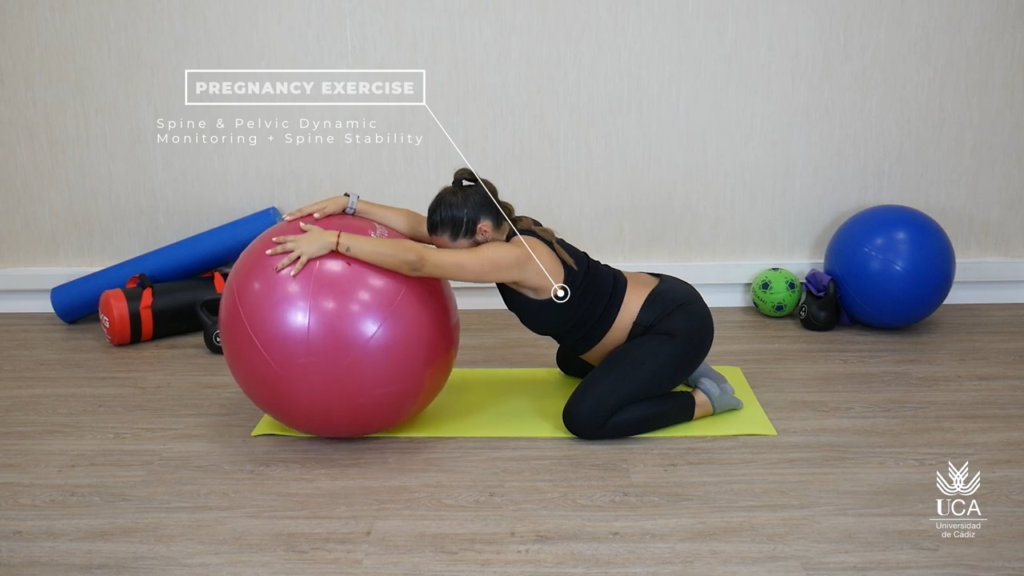Pregnancy is a stage in a woman’s life that involves many physical and hormonal changes. One common issue during pregnancy is the weakness of the pelvic floor, which can manifest as urinary incontinence, pelvic pain, or sexual dysfunction. To address these problems, pelvic floor exercises have become an effective and non-invasive treatment.
Adherence to pelvic floor exercise treatment in pregnant women is a key factor in achieving positive results. However, several studies have shown that adherence to this type of exercise can be low in some pregnant women. There are several factors that can influence the lack of adherence.
One of the most important factors is a lack of awareness about the importance of pelvic floor exercises. Many pregnant women are not aware of the benefits of these exercises and do not understand how they can help prevent problems such as urinary incontinence or pelvic organ prolapse. Therefore, it is essential to educate and raise awareness among pregnant women about the importance of pelvic floor health and how exercises can help them during and after pregnancy. By regularly and consistently performing exercises, pregnant women can strengthen their pelvic floor, prevent problems, and improve their quality of life during and after pregnancy.
Another factor that can influence the lack of adherence is a lack of time. Many pregnant women have busy schedules, and it can be challenging to find time to do pelvic floor exercises regularly. It is important to note that these exercises can be done at any time and place, making it easier to incorporate them into the daily routine.
Additionally, a lack of support and motivation can affect adherence. Having the support of healthcare professionals, such as pelvic floor specialized physiotherapists, can be of great help. These professionals can provide proper guidance, address concerns, and provide motivation to continue with the exercises. Behavioral support is commonly provided through exercise supervision, and the extent of this support varied significantly among the literature. Studies have shown that there was higher adherence in groups where exercises were supervised by the physiotherapist. Attendance was sometimes used as a surrogate for measuring adherence. However, if clinic attendance was less than twice a week, then additional home-based training was likely needed to achieve a sufficient exercise regimen.
Measurement of adherence to home exercise then becomes a critical component of assessing the likely effectiveness of training. Half of the reviewed trials reported some form of adherence data for women in the intervention or control groups, but only nine studies asked women in the intervention and control groups about their exercise behavior.
Inés Carmona Barrientos
References:
- Bø, K., & Stien, R. (2004). Needle EMG registration of striated urethral wall and pelvic floor muscle activity patterns during cough, Valsalva, abdominal, hip adductor, and gluteal muscle contractions in nulliparous healthy females. Neurourology and Urodynamics, 23(7), 605-612.
- Hagen, S., & Stark, D. (2011). Conservative prevention and management of pelvic organ prolapse in women. Cochrane Database of Systematic Reviews, (12), CD003882.
- Hay-Smith, E. J., Dumoulin, C., & Mac Habée-Séguin, G. (2018). Pelvic floor muscle training versus no treatment, or inactive control treatments, for urinary incontinence in women. Cochrane Database of Systematic Reviews, (10), CD005654.
- Lemos, A., Artibani, W., Castro-Diaz, D., Espuña-Pons, M., Lim, P., & Castro, R. (2016). An International Continence Society (ICS) report on the terminology for adult male lower urinary tract and pelvic floor symptoms and dysfunction. Neurourology and Urodynamics, 35(5), 741-760.
- Sampselle, C. M., Miller, J. M., Mims, B. L., Delancey, J. O. L., & Ashton-Miller, J. A. (2002). Effect of pelvic muscle exercise on transient incontinence during pregnancy and after birth. Obstetrics & Gynecology, 100(4), 730-737.




